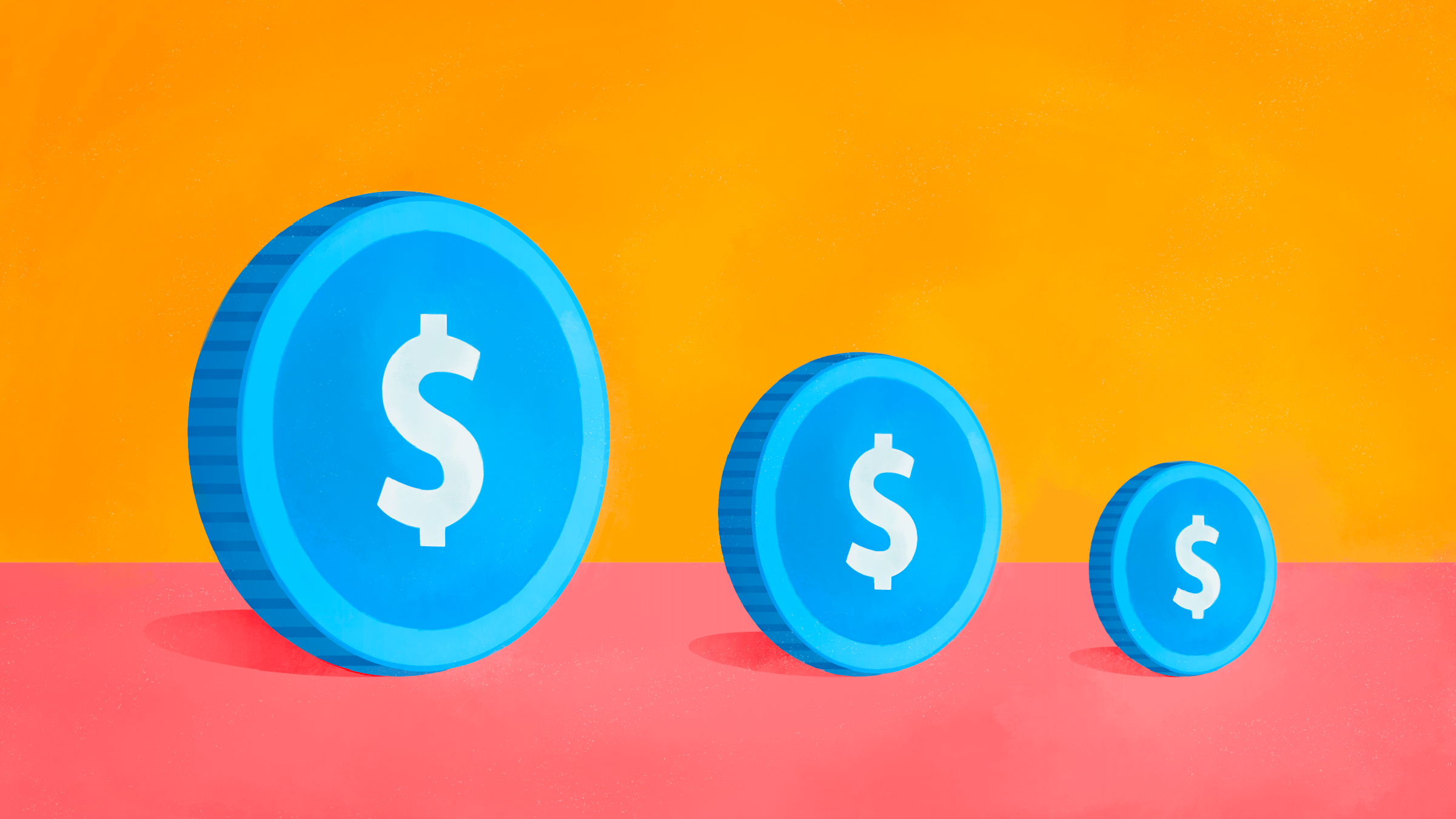
In a June statement, the Bank of Canada said, “Core measures of inflation have also risen, due primarily to temporary factors and base year effects, but by much less than CPI inflation. While CPI inflation will likely remain near 3% through the summer, it is expected to ease later in the year, as base-year effects diminish and excess capacity continues to exert downward pressure.”
The position of central bankers is quite straightforward, explains Royce Mendes, director and senior economist at CIBC Capital Markets. “A year ago, prices for things like gasoline were very low, after plunging in response to the emerging coronavirus pandemic. Comparing prices today to prices then produces a temporarily high twelve-month inflation rate. But as time marches forward, and standard twelve-month comparisons are no longer being made to that period of depressed prices, these base effects will fade.”
Gasoline prices are the usual factor mentioned, but many commodities have exhibited price increases similar to oil.
Mendes notes that supply chain bottlenecks happen after almost every recession, sometimes called “the bullwhip effect”. “Producers slow production and draw down on inventories during recessions in response to weak demand, he continues. They only begin increasing production and inventories after demand has already recovered, and then do so with large orders. That causes delays in deliveries and price hikes for roughly a year or two.”
Though he recognizes that the pandemic supercharged that bullwhip effect, it shouldn’t persist, and prices should cool down. On the one hand, retail sales in the U.S. are already showing notable declines. On the other hand, as goods consumption cools, inflation pressures could shift to services, as the growing demand by consumers could prompt providers like restaurants, air travel and hotels to raise prices. But Mendes is not fazed: “This reopening inflation is also by definition transitory and won’t push the Fed to hike rates anytime soon.”
Sri Thanabalasingam, senior economist at TD Economics, is of the same mindset. In fact, the shift from goods to services worries him even less: “Once there is a certain reorientation of demand from goods to services, that should ease inflationary pressures,” he says, forecasting that inflation for the rest of 2021 will remain above 3%, but will moderate back in the higher ranges of 2% in 2022.
Those projections dovetail with Morningstar’s. “We project strong growth in the U.S. for the next couple of years, GDP growing by 6% in 2021, 4.6% in 2022 and 3.4% in 2023,” states David Sekera, Chief Market Strategist at Morningstar. “And in that context, he continues, we agree with the Fed’s Jerome Powell: inflation will prove transitory, reaching 2.9% in 2021, then slowing down to 2.2% in 2022.”
Persistent, Not Transitory
Other observers have crossed out the word “transitory” from their analysis, replacing it with “persistent”. “In the last three months, notes Yannick Desnoyers, vice-president and senior economist at Addenda Capital, we’ve seen inflation rise by .7% and .8% monthly, whilst before the pandemic we were around .18 per month. There’s more than just ‘base effects’ and ‘commodity price softness’ at work here.”
For Desnoyers, this demand-pull inflation is obvious because of the unexpectedly high savings rate of Canadian households, which stands at 12%, and because the pandemic has prompted much pent-up demand. But what he reads in the numbers is more than that: cost-push inflation. On the one hand, unemployment is moving down while the crucial measure of labor unit cost shows signs of pressure: “The latest numbers indicate a hike of 8%, he says. That’s serious. We have to go back to 1990 to witness the same.”
A C.D. Howe Institute memo raises similar questions. Noting the Bank of Canada’s official stance about “a base effect that will be with us for a while, but will eventually fade,” the authors point out that “some indicators, however, are less reassuring”.
The Institute’s memo lists all six components of the Bank’s core inflation measures: CPI-trim, CPI-median, CPI-common, CPIX, CPI-XFET and CPIW. All of them try to target real inflation by filtering out different volatility factors. “Five of the six core measures were above target in May highlights the memo, including CPI-trim and CPI-median, which are two of the three core measures (along with CPI-common) that the Bank introduced in 2017 and has since favoured.”
The institute concludes that “There is underlying momentum to inflation beyond simply volatility and base effects.”
This Time Is Different
Observers point to the fact that in the wake of the 2008 crisis, the huge monetary stimuli that central banks launched did not cause any spike in inflation. However, things are quite different this time around, indicates Desnoyers. “With that quantitative easing, money remained inside financial markets; it created financial and stock market inflation. But now, inflation is popping up in goods and services because budget policies were extremely favourable and excess money percolated down to the bank accounts of households.”
Desnoyers’ simulations project an inflation that remains above 3% for the next few years. However, this “is not a catastrophe, Desnoyers recognizes, but it does carry consequences for the price of assets. The first consequence is that, with a central bank rate unchanged, real rates of return on 10-year investment bonds are negative: minus 500 basis points. “We need to move back to 1975 to find such real rates of return,” he points out. Those negative rates favour two asset categories: corporate credit, and stocks “which are the best place to be right now”. But watch out what happens when central banks, especially the Fed, starts to hike its overnight rate. “We will definitely have a market correction and a vigorous reaction in the bond market, bringing back in favour classic nominal bonds.”
“We have no doubt that the Bank has the tools to deal with inflationary pressures,” observes the C.D. Howe memo, then asking the paramount question: “How soon, and how vigorously, should the Bank use them.”









.jpg)










